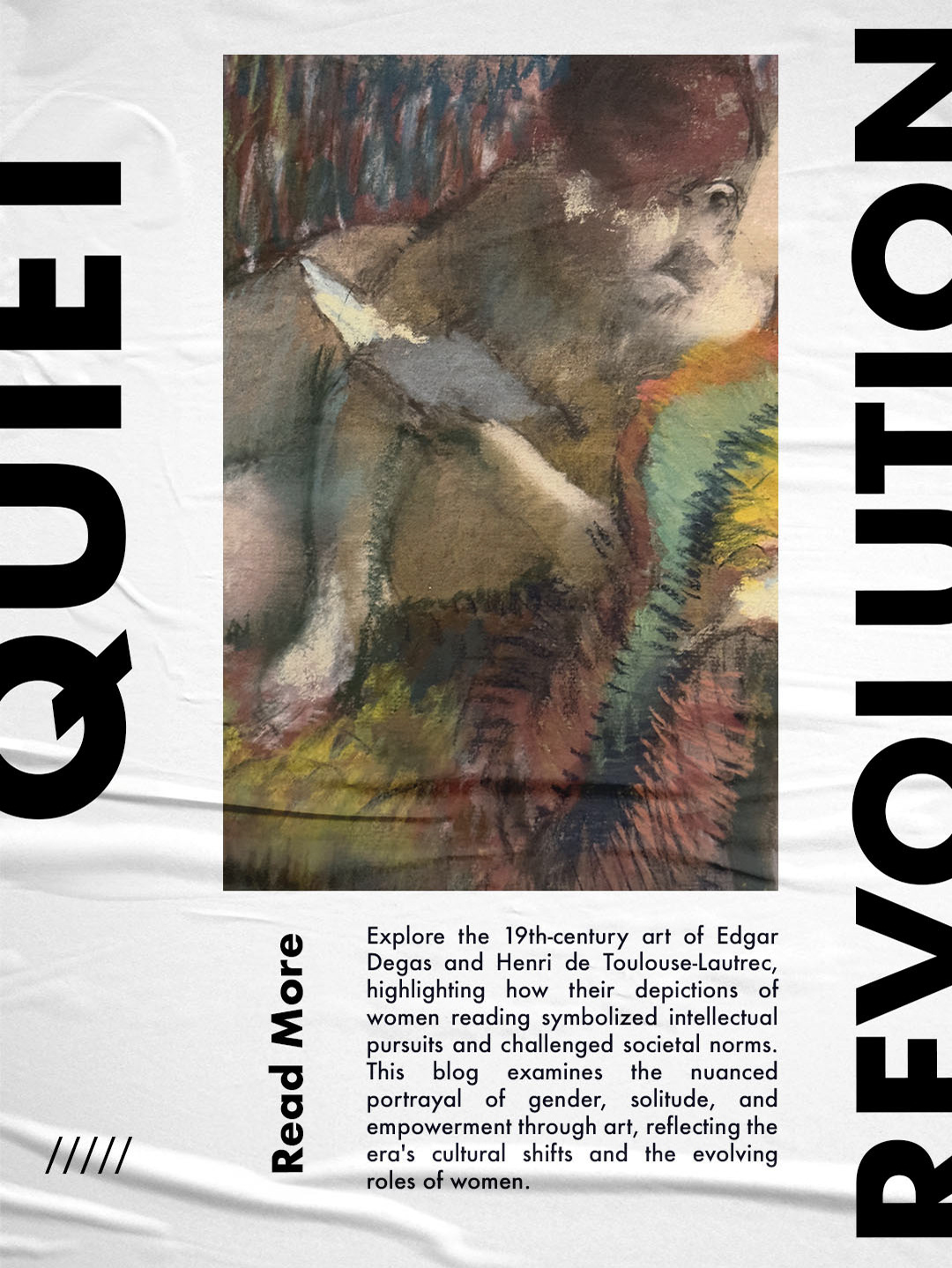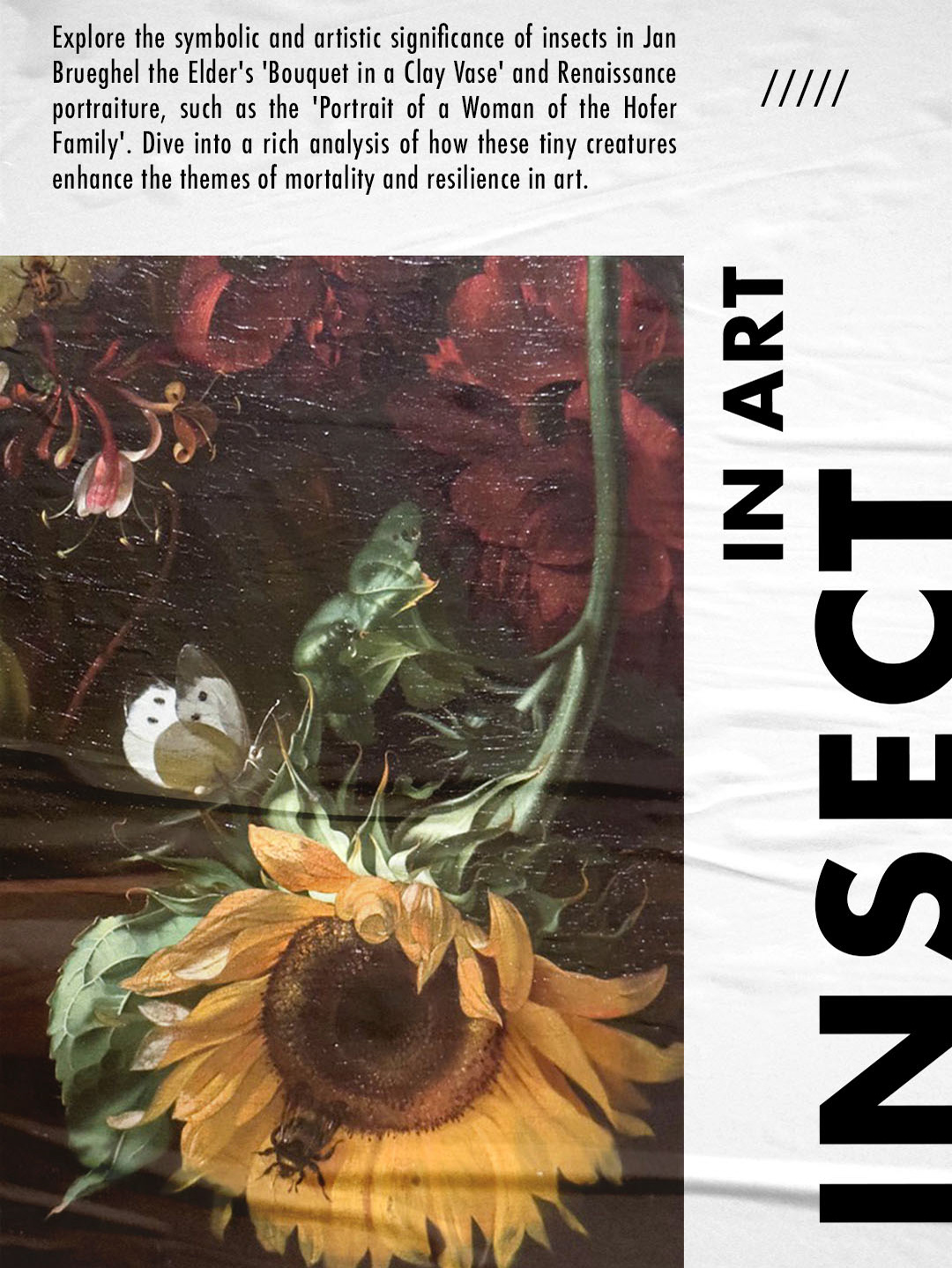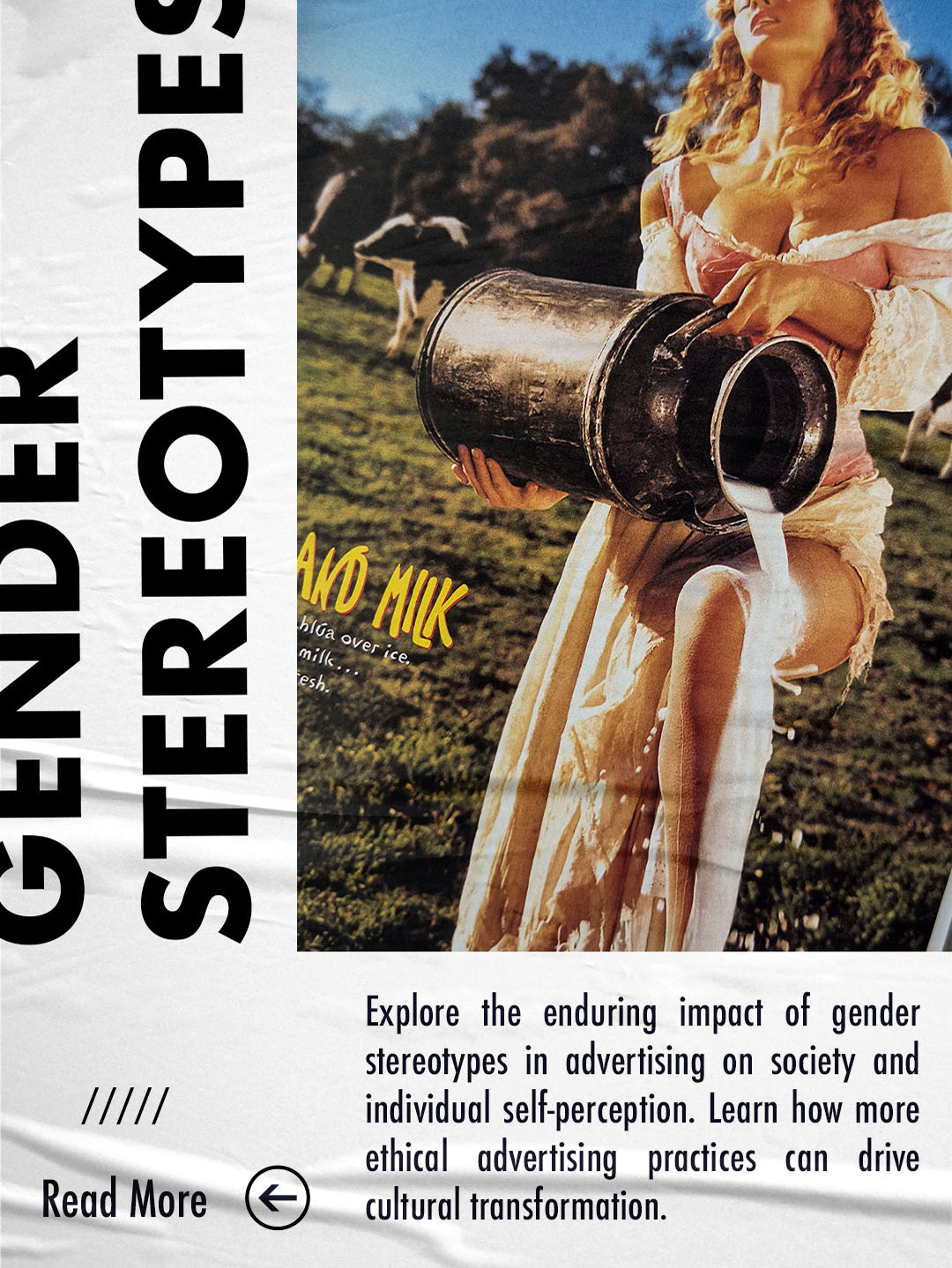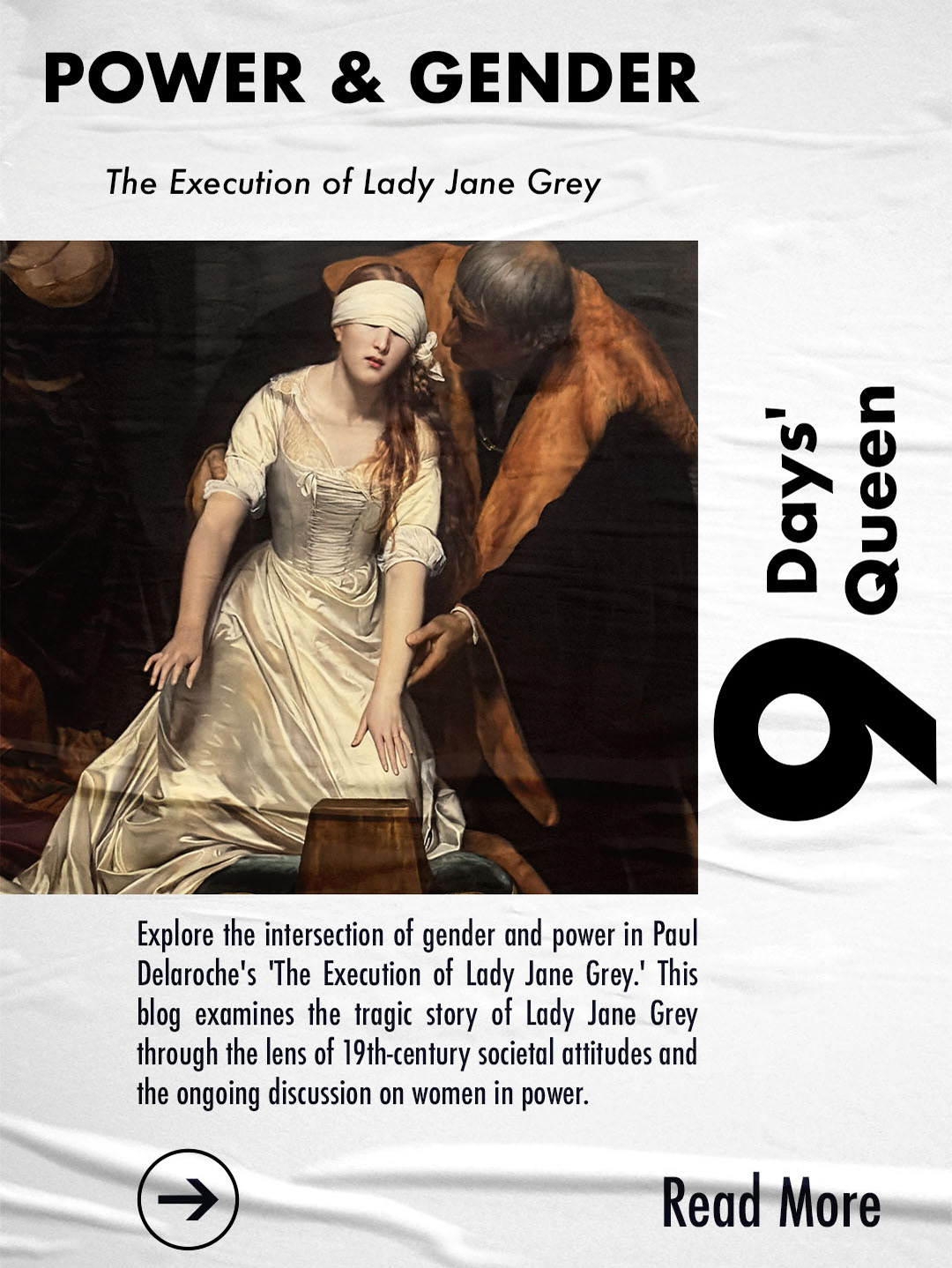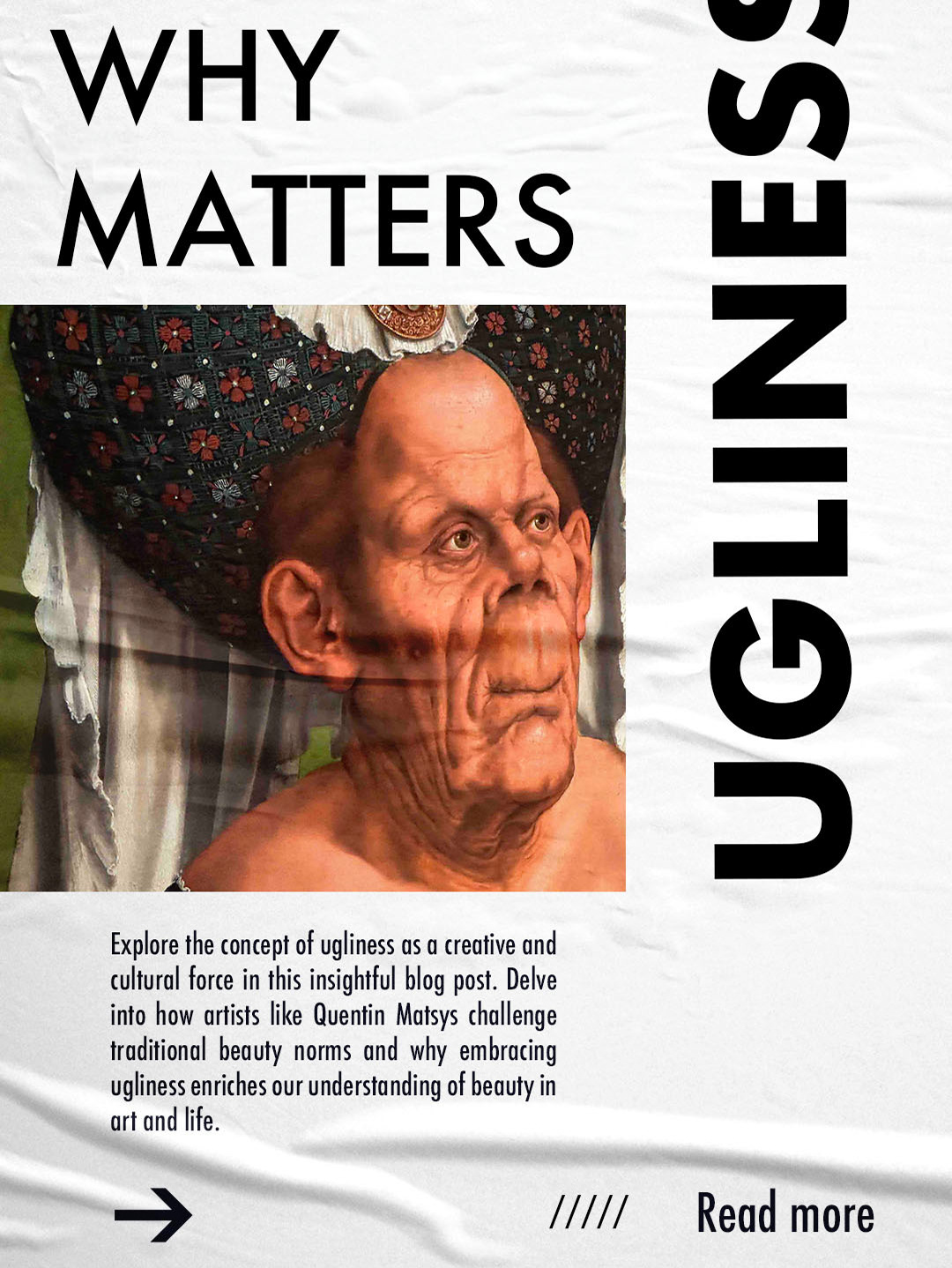Gender Dynamics in Painting
Nudity in art, especially female nudity, has historically been fraught with dual implications. On one hand, it can be seen as a form of artistic expression that celebrates the purity, vulnerability, and intrinsic beauty of the human form. On the other hand, it has often been criticized for serving the male gaze, reducing the subject to an object of desire rather than a bearer of agency. Corinth’s Andromeda, while depicted as strong and assertive, remains nude, which raises important questions about the intentions behind and the reception of such artistic choices.
This dichotomy reflects the ongoing struggle within art to balance aesthetic tradition with progressive representations of women. The depiction of Andromeda’s nudity could be interpreted as a continuation of classical traditions where physical form and beauty play a pivotal role in the artistic portrayal of female characters. However, this traditional aesthetic may also undercut the painting’s empowering narrative by aligning with longstanding norms that prioritize female physicality over their intellectual or emotional depth.
Furthermore, Corinth's painting invites viewers to consider whether the portrayal genuinely subverts the traditional victim narrative or if it subtly reinforces it by maintaining a visually pleasing form for the presumed male viewer. This tension illustrates the broader challenge in fine art of navigating the fine line between artistic expression and the perpetuation of outdated societal norms.
The depiction of Andromeda’s nudity, therefore, is not merely an artistic choice but a critical point of intersection between historical artistic norms and modern interpretations of gender dynamics. It prompts a discussion about the progress that has been made in representing women in art and the limitations that still exist. This ongoing dialogue within the realm of fine art underscores the necessity of critically engaging with artworks to discern how effectively they shift perceptions and contribute to the evolution of gender representation.
In sum, while Corinth’s portrayal of Andromeda as a powerful figure marks a significant departure from more passive renditions, it also encapsulates the inherent challenges of altering entrenched visual codes that govern the depiction of female figures in art. This critical tension enriches the dialogue around gender dynamics in painting, revealing both strides and stumbles in the quest to authentically and respectfully portray female empowerment.



